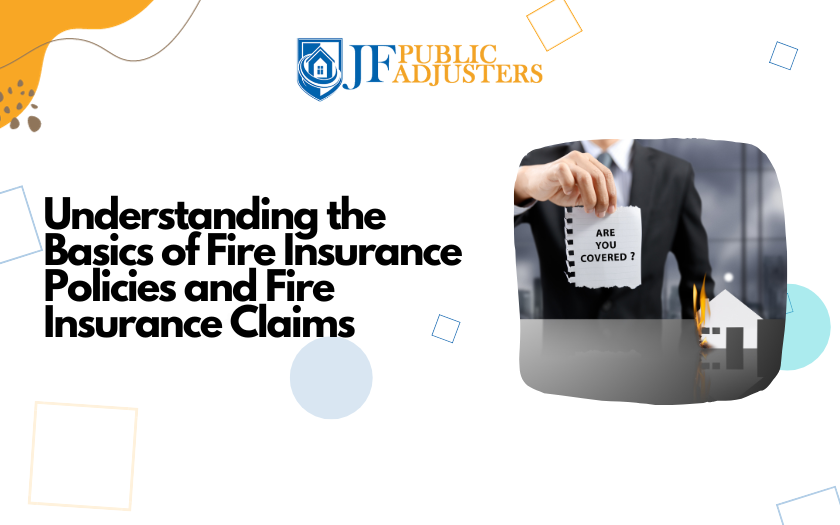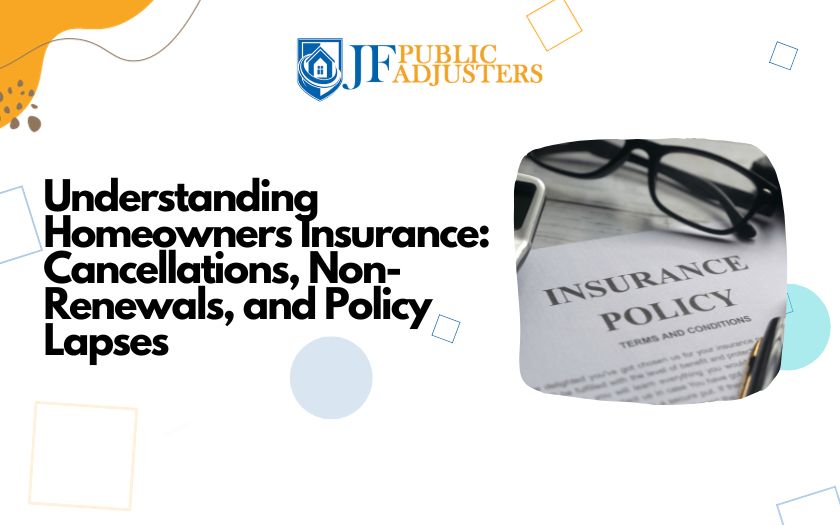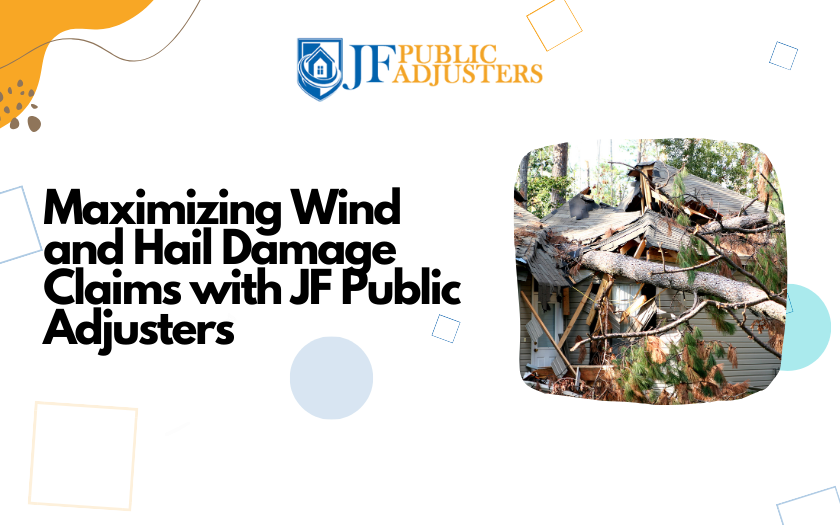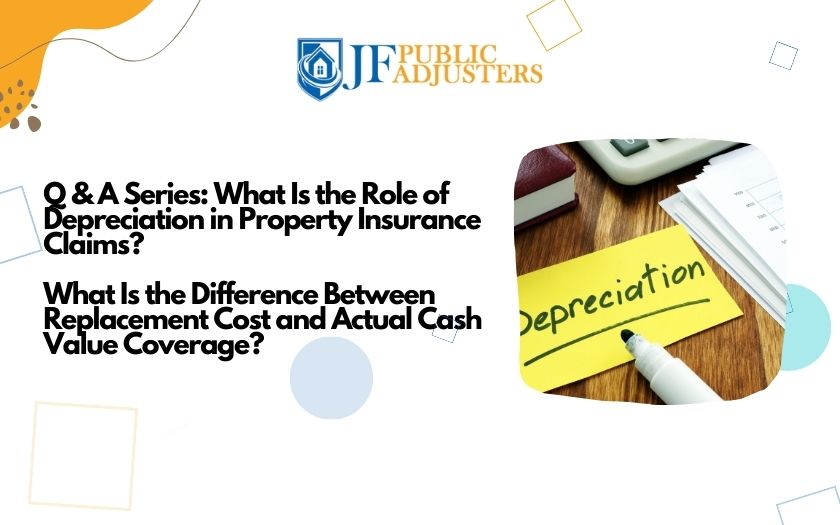The 7 Principles of Insurance
Homeowners insurance is a vital safeguard that protects you and your home from various perils. Understanding the fundamental principles of homeowners insurance can empower you to make informed decisions and ensure you receive fair compensation for covered losses. Here, we’ll delve into each principle with real-world examples to demonstrate their relevance in homeowners insurance.
Don’t worry, we have kept the language simple, as in all of our posts, because our goal is to provide information that empowers you as a consumer.
Let’s get started:
Principle 1: Utmost Good Faith
Principle Explanation: Both the homeowner (policyholder) and the insurance company must act in utmost good faith and provide clear, accurate information regarding the terms and conditions of the insurance contract.
Example: When purchasing homeowners insurance, it’s essential to disclose accurate information about your property, such as its size, age, and the presence of safety features like smoke detectors. If you fail to disclose crucial details or intentionally provide false information, the insurance company may deny your claim or reduce your settlement based on your lack of good faith. On the other hand, insurance companies must meet their obligation by paying valid claims fairly and promptly.
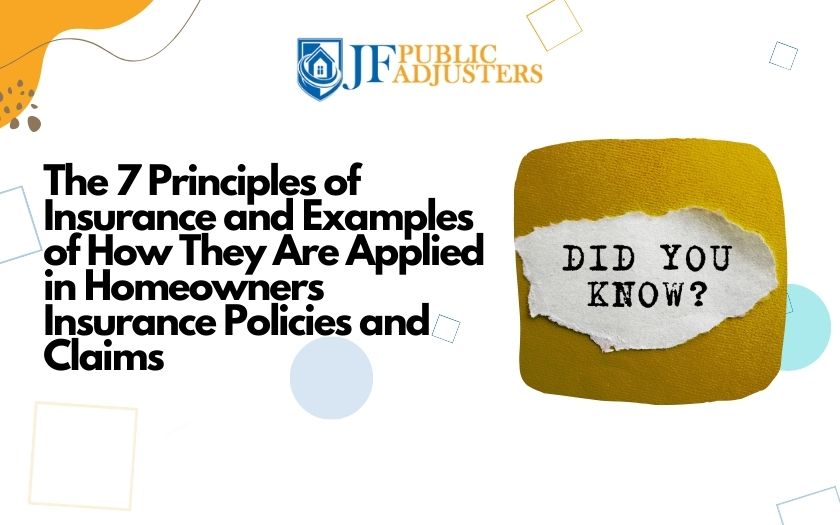
Principle 2: Insurable Interest
Principle Explanation: The homeowner must have an insurable interest in the property. This means that the property’s loss would lead to a financial detriment for the homeowner.
Example: If you own a house, you naturally have an insurable interest in it because a loss or damage to the property directly affects your finances. However, if you don’t own the house and simply rent it, you wouldn’t have an insurable interest in the structure. Renters are encouraged to secure renters’ insurance to protect their personal belongings (on which you have insurable interest), but not the structure itself, which remains the landlord’s responsibility.
Principle 3: Indemnity
Principle Explanation: The principle of indemnity guarantees that the homeowner will be compensated for the actual financial loss incurred, not more or less. The insurance company promises to restore you to your pre-loss financial condition. Policyholders cannot benefit from a claim.
Example: Suppose your home is insured for $300,000, and you suffer a covered loss resulting in $50,000 in damage. The insurance company would pay up to the incurred loss amount, which is $50,000, to restore your property. They won’t pay more than the actual loss amount, as homeowners insurance is designed to help you recover but not profit from a loss.
Principle 4: Contribution
Principle Explanation: Contribution establishes the proportionality among multiple insurance policies on the same subject matter. Each policy covers a portion of the loss based on its share of the total coverage.
Example: You have homeowners insurance with Company A, providing $200,000 in property coverage. Simultaneously, you have additional coverage with Company B, offering $100,000 in property coverage. If a covered loss of $75,000 occurs, Company A would cover 2/3 (around $50,000), and Company B would cover 1/3 (around $25,000) of the loss.
Principle 5: Subrogation
Principle Explanation: Subrogation allows the insurance company to “step into your shoes” after compensating you for a loss, pursuing the responsible party to recover the damages they’ve paid.
Example: Let’s say your neighbor’s tree falls on your house, causing damage. Your homeowners insurance compensates you for the repairs. Your insurance company now has the right to seek reimbursement from your neighbor’s insurance or the neighbor directly, as they were responsible for the damage. Any recovered funds are typically shared with you to cover your deductible or any other expenses you’ve incurred.
Principle 6: Proximate Cause
Principle Explanation: Proximate cause determines the primary event responsible for a loss when multiple factors contribute to it. It helps identify which peril triggered the claim and whether it’s covered by the policy.
Example: A windstorm leads to a tree falling on your house, causing damage. The proximate cause in this scenario is the windstorm, which is a covered peril in most homeowners insurance policies. Consequently, your claim for the tree damage is typically valid.
Example 2: Let’s say you have a homeowners insurance policy that covers wind damage but excludes flood damage. A severe hurricane hits your area, bringing heavy rains and strong winds. The hurricane leads to flooding in your neighborhood, which subsequently causes water to enter your home. The wind also damages your roof, creating openings through which the rainwater enters your property. As a result, you experience significant interior damage.
In this scenario, determining the proximate cause of the loss becomes challenging. The proximate cause is the dominant, most effective, or most direct cause of the damage. For each portion of the damage, your insurance company will investigate whether the proximate cause of the damage is a covered peril (wind) or an excluded peril (flood).
If for example, the insurer determines that the proximate cause of the damage to your personal propery is the wind damaging your roof, allowing rain to enter, they are likely to cover the damages, as wind damage is a covered peril in your policy. However, if they find that the flooding was the dominant or most direct cause of the damage to your basement, they may deny coverage to that portion because flood damage is excluded.
The proximate cause principle is crucial in cases like this because it helps the insurance company decide which aspect of the damage caused your loss. It can lead to disputes if the insurer and policyholder have different interpretations of the proximate cause, emphasizing the importance of carefully reviewing your policy and, if necessary, seeking advice from professionals such as public adjusters to resolve such disputes.
Principle 7: Loss Minimization
Principle Explanation: Homeowners have a duty to minimize their losses when a peril occurs. This principle encourages homeowners to take immediate precautions to mitigate damage and prevent further financial loss.
Example: If a water leak occurs in your home, it’s essential to shut off the water supply, contain the leak, and contact professionals for repairs promptly. Failing to take these necessary actions can result in your insurance claim being denied or only a portion of the claim being paid on the grounds of not minimizing the loss.
Understanding these principles equips homeowners to make informed decisions when choosing and managing their insurance policies. It also aids in resolving claims and ensuring you receive fair compensation for covered losses.
If your property sustains damage from events such as a fire or broken pipes, please reach out to us. We’d be delighted to have a conversation about how we can assist you.
As public adjusters, our mission is to guide you through the process of managing your property insurance claim, ensuring that you secure the most favorable settlement. Our aim is to swiftly and efficiently restore your property to its pre-loss condition.
Uncertain about whether your insurance will provide coverage for the damage? We encourage you to get in touch with us regardless. JF Public Adjusters offers a complimentary review of your claim and a consultation. You can reach us via phone or text at (917) 272-8793.
Contact Us
You can reach us via phone or text at (917) 272-8793.
GET IN TOUCH!
The Leading Property Damage Experts Are Here To Help
CONTACT NEW YORK’S HIGHEST RATED PUBLIC ADJUSTER IMMEDIATELY BY CALLING OUR OFFICE OR BY COMPLETING THE FORM.
CALL US FOR FREE

